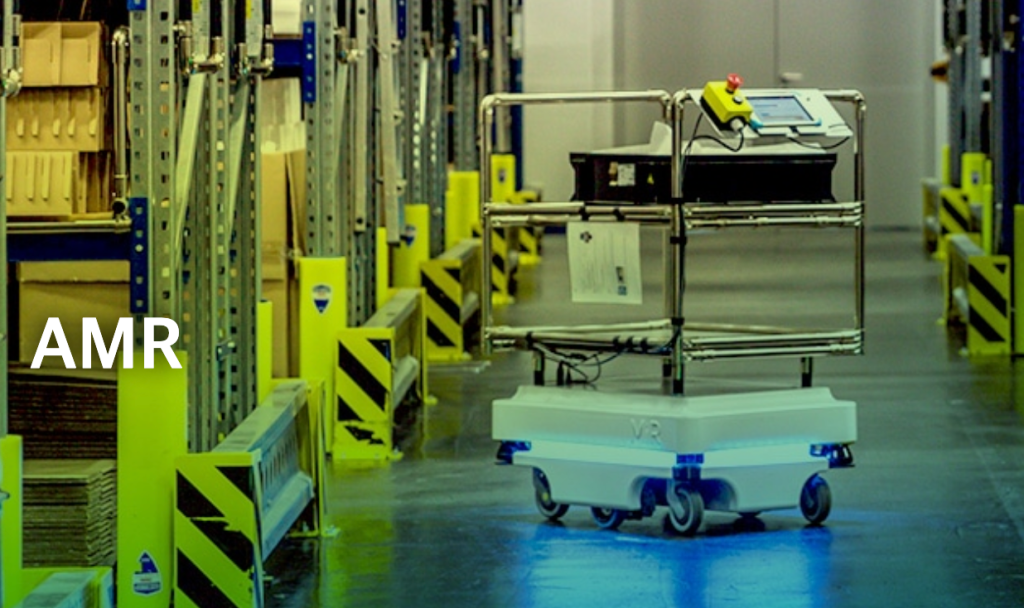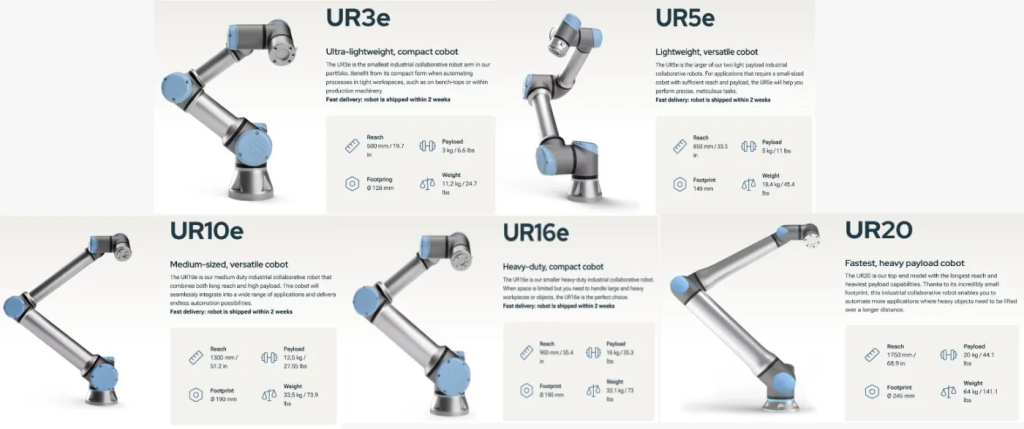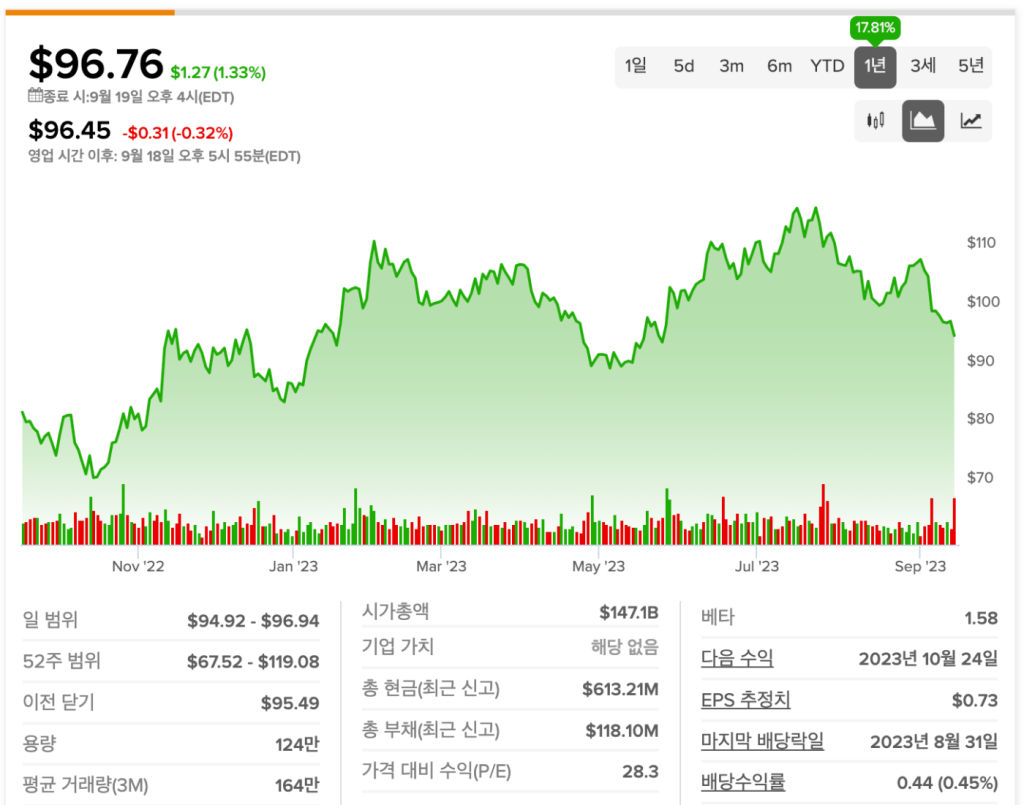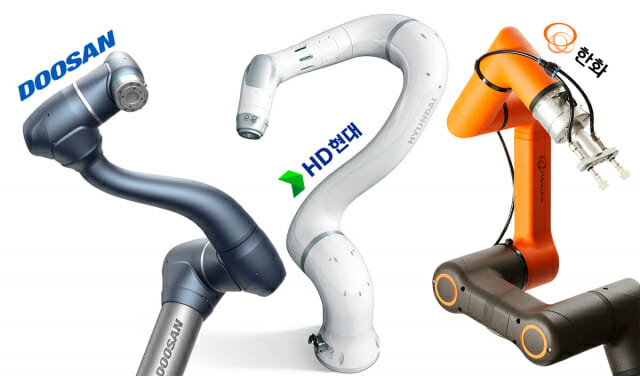What is the history of Teradyne?
Teradyne was founded in the 1960s by Alex d’Arbeloff and Nick DeWolf of MIT. The name “Teradyne” was created to convey a very strong presence. “1,000,000,000,000 Dynes” equals 10 mega-newtons (1,019,716kg-force).
In 1961, they produced their first product, a logical control diode tester. In the 1980s, they acquired Zehntel, a leading manufacturer in the field of in-circuit board testing systems. Subsequently, in 1987, they introduced the A500, the first analog VLSI (Very Large Scale Integration) test system, leading the market in integrated device testing that offers interfaces between analog and digital data.
In the 1990s, they expanded their product range even more. They acquired Megatest Corporation, which expanded the semiconductor test group, including smaller and cheaper testers. Teradyne became a market leader in advanced SoC (System on a Chip) testing through its Catalyst and Tiger test systems.
In 2008, Teradyne grew its semiconductor testing business by adding Nextest and Eagle Test Systems, providing services to the flash memory testing market and the large-scale analog testing market, respectively.
In 2010, Teradyne celebrated its 50th anniversary. In 2011, they acquired LitePoint, a supplier of testing equipment used in wireless products such as laptops, tablets, home networking, and mobile phones. This expanded Teradyne’s products from wafer tests of semiconductor chips to system-level circuit boards and in-store display products.
In 2019, Teradyne acquired AutoGuide mobile robots. Teradyne’s MiR (Mobile Industrial Robots) and AutoGuide Mobile Robots merged to become a single supplier of one of the fastest-growing products in the automation field, the Autonomous Mobile Robot (AMR).
What are Teradyne’s products?
Teradyne’s products include AMRs and collaborative robots.
Teradyne AMR

Teradyne’s AMR (Autonomous Mobile Robot) is a robot capable of automating material handling tasks with effective loads ranging from 100kg to 4,536kg. Its detailed functionalities are as follows. Using this robot, inventory management is possible, and it aids in making transportation tasks efficient.

Benefits of AMR include:
- Material Handling Innovation: AMRs can autonomously move inventory quickly and efficiently, optimizing production capacity.
- Enhanced Safety and Improved Collaboration: AMRs can move materials of various weights, making human-machine collaboration possible and retaining factory performance.
- Quicker and More Effective Operations: It provides manufacturers and distributors a way to automate material handling tasks swiftly and easily, increasing operational accuracy and improving inventory management.
Collaborative Robots
The global collaborative robot market was valued at $760 million in 2022. It’s expected to reach $22.6 billion by 2032.
Background of the Growth in the Collaborative Robot Market
Perhaps the primary driver of market growth is the technological shift aiming to transition from position control robots that lack awareness of external forces to torque control robots and/or robots equipped with sensors that can detect the presence of humans and externals. This change requires the development of new robot technologies including new actuators (especially variable stiffness actuators), advanced sensors, new robot designs, control algorithms, and peripherals.
Besides these changes, cobots offer a lower capital investment and higher ROI, making them more appealing than traditional industrial robots. Cobots possess a broader range of applications in the industry since they can easily be repurposed and utilized for various activities. Additionally, cobots can be designed, implemented, and deployed faster than conventional industrial robots.
A Collaborative Robot (Cobot) is designed and manufactured to safely operate in the same environment as humans. Unlike traditional industrial robots, collaborative robots can work alongside humans without the need for physical safety devices or isolated workspaces.
Outlook for the Collaborative Robot Market
Europe had the largest market share in the collaborative robot market in 2022. Europe began from a strong position in the field of robotic engineering. Many early adopters of collaborative robots originated from European countries. In fact, the first commercial cobot was launched by the German company KUKA in 2004.
The European cobot market was valued at $286 million in 2022. The market is expected to grow at an average annual growth rate of 37.3%, reaching a value of $6.7 billion by 2032.
The North American cobot market lagged slightly behind Europe in terms of market value, trailing by $26 million. However, the North American market is growing at a slightly faster CAGR of 39.5% compared to Europe and is projected to surpass Europe with a market value of $7.2 billion by 2032. North America and Europe together are estimated to account for about 71% of the global collaborative robot market.
It’s also interesting to note that the collaborative robot market in the Asia-Pacific region is accelerating with the highest CAGR of 47.3%.
Key features of collaborative robots include safety, flexibility, ease of integration, and lightweight design.

Teradyne’s Universal Robots Collaborative Robot
The collaborative robots produced by Teradyne’s Universal Robots come in five different models: UR 3e, 5e, 10e, 16e, and 20e.

Looking at the specs of the latest product, the 20e, it has a working radius of 1750mm, a payload capacity of 20kg, and an installation footprint of 245mm. The robot weighs 64kg. As of 2022, Universal Robots’ market share is estimated to be around 40-50%.

What’s the stock outlook for Teradyne?
Teradyne Stock Analysis

Over the past year, the stock has fluctuated between a low of $67 and a high of $119. The EPS estimate stands at $0.73, which has been on a decline since the third quarter of 2021. However, for 2023, there is a consistent uptrend with Q1 at $0.55 and Q2 at $0.79.

Revenues in 2022 showed some hesitation, but they are on a steady rise. Both net profit and profit margin are also showing an upward trend.

Teradyne Outlook Analysis
According to Yahoo Finance, the estimated stock price for Teradyne is projected at $141.
The current price indicates that Teradyne is potentially undervalued by approximately 30%. Many analysts are setting their target price at $124.
Debt is not considered a major concern. Over the past year, revenues have declined, and the dividend is on the lower side compared to the semiconductor market average. However, the annual performance is expected to grow faster than the U.S. market, and when viewed from the P/E ratio, it is in a favorable position.
In Conclusion
I believe Teradyne, as the world’s leading collaborative robot company and a semiconductor corporation, is showing a very positive trajectory.
As the collaborative robot industry is still in its developing phase, if the current leader consistently maintains its top position and keeps its market share steady, it stands a good chance of dominating the growing collaborative robot market.
Recently, Doosan Robotics went public, which has become a hot topic. However, the reality is that its global market share is still quite small.
Given this reality, it’s crucial to continuously pay attention to and observe Teradyne’s robots.
Recommended on the Website
“Outlook of ARM”(Feat. Types of Semiconductor Companies, ARM’s IPO)”Outlook of ARM”
